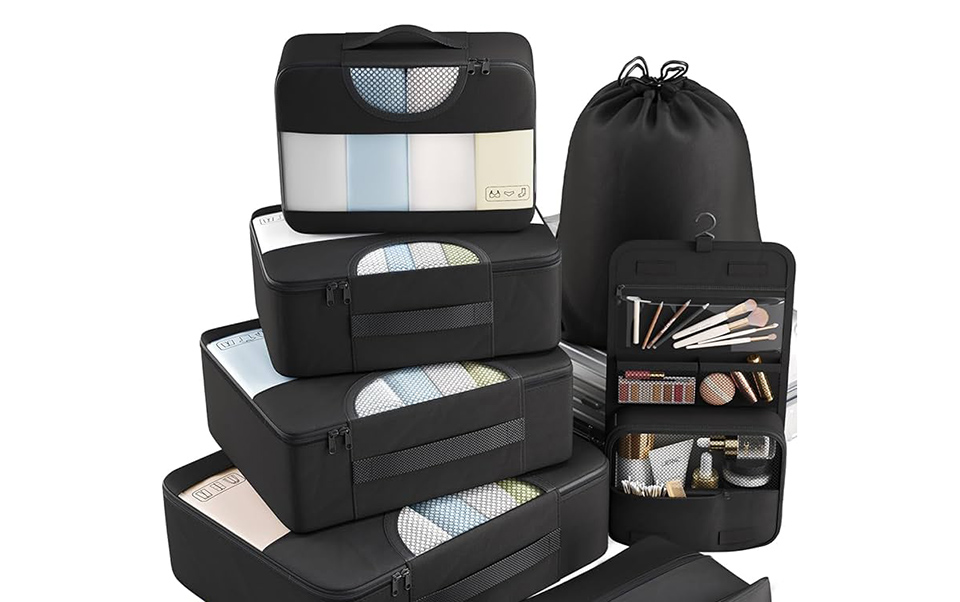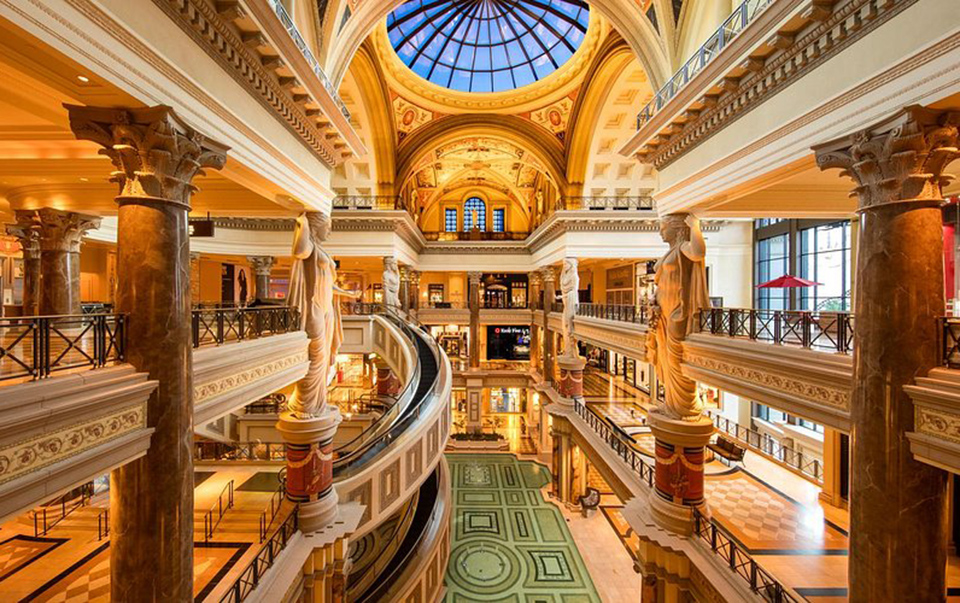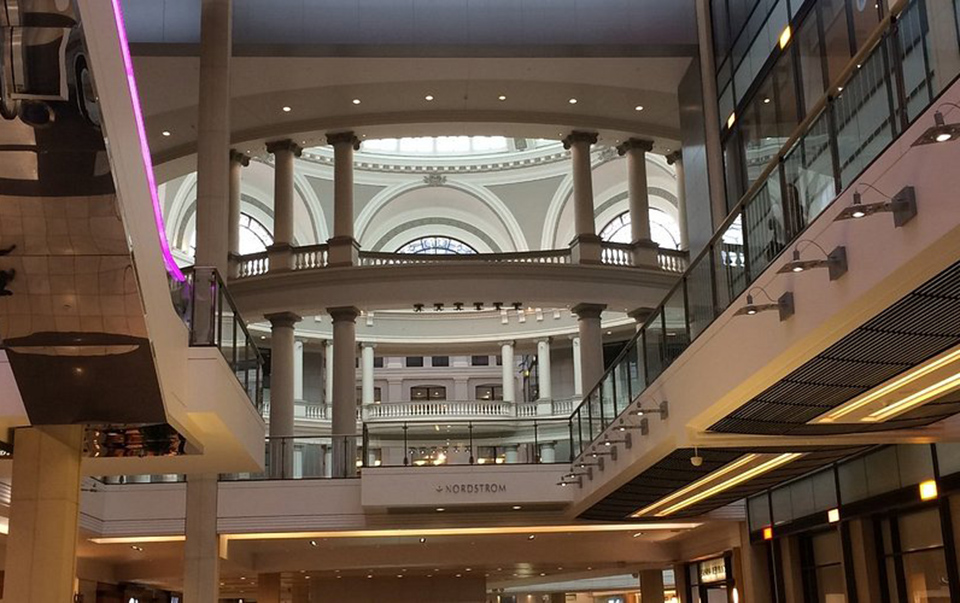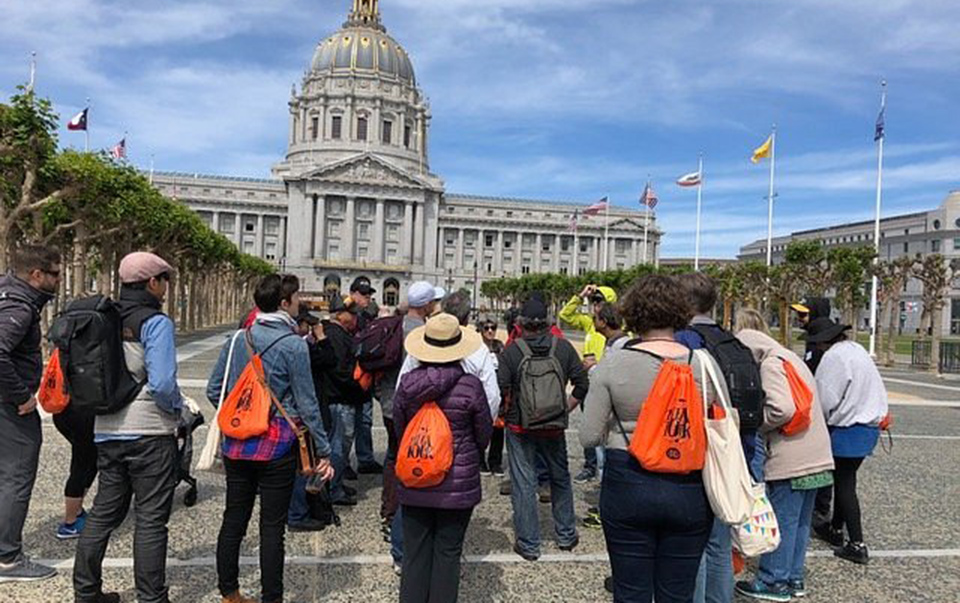I’ve been lucky enough to travel to San Francisco several times over the years, and on my very first visit, I made all the classic rookie mistakes: I underestimated the wind, miscalculated my budget, thought “California” meant “always warm,” and even found myself stuck at a BART station wondering why my card wouldn’t work. Over time, I’ve learned how to navigate the city like a local — without losing the sense of wonder that comes with seeing the Golden Gate Bridge in the morning fog.
If you’re planning your first trip to San Francisco, this guide is my love letter to the city and my survival manual rolled into one. I’ll cover what to pack, how to dress for the weather, public transit tips, where to eat on the street, how to get a local SIM card, and even how to plan the perfect 5-day mini-itinerary without blowing your budget.
1. Essential Items to Pack for San Francisco
I used to be a light packer — one backpack, one camera bag, done. But San Francisco changed that. The weather can go from “beach picnic” to “Alaskan fishing trip” in 30 minutes. If you don’t pack strategically, you’ll either spend a fortune buying extra layers or freeze halfway across the Golden Gate Bridge.
Must-Have Items:
- Layer-Friendly Clothing – T-shirts, light sweaters, and a warm jacket you can easily remove or put on.
- Windproof Jacket – This is non-negotiable. Even in July, the ocean winds can cut through you like a knife.
- Comfortable Walking Shoes – You will be walking uphill — a lot. I bring a pair of waterproof sneakers and a pair of nicer shoes for dining out.
- Reusable Water Bottle – San Francisco has excellent tap water, so skip the plastic bottles.
- Portable Phone Charger – Google Maps, BART schedules, and all those Instagram-worthy photos will drain your battery fast.
- Camera with Zoom Lens – The fog over the Golden Gate is stunning from a distance, but you’ll want a zoom for wildlife at Lands End or Alcatraz shots.
2. What to Wear in San Francisco: Season-by-Season
I learned quickly that “summer in San Francisco” is one of the biggest jokes locals like to play on tourists. Mark Twain allegedly said, “The coldest winter I ever spent was a summer in San Francisco.” He wasn’t wrong.
- Spring (March–May): Cool mornings, mild afternoons, occasional rain. A light waterproof jacket is perfect.
- Summer (June–August): Foggy, windy, and much cooler than you think — average highs in the mid-60s°F (18°C). Bring a hoodie or fleece.
- Fall (September–November): The warmest, sunniest time of year. T-shirts with a light sweater in the evening are fine.
- Winter (December–February): Chilly and rainy. Waterproof shoes and a medium-weight coat are ideal.
Local Tip: Dress in layers, and always have a jacket in your bag, even on “hot” days.
3. Understanding the Local Culture
San Francisco is one of the most culturally diverse cities in the U.S., and that’s part of its magic. In one day, you can have dim sum in Chinatown, shop for Mexican spices in the Mission, and end the night in a jazz bar in North Beach.
- Friendly but Busy – People are generally polite, but everyone’s on the move.
- Tipping Etiquette – Standard U.S. tipping rules apply: 15–20% at restaurants, $1–$2 for coffee shop tips, and round up for ride-shares.
- Neighborhood Pride – Locals identify strongly with their neighborhood — the Mission, Haight-Ashbury, Nob Hill — and each has a distinct vibe.
4. Budget & Currency Exchange Tips
The U.S. dollar (USD) is the currency, and while you’ll find plenty of ATMs, not all offer good rates.
- Exchange at Your Home Bank First – Airport exchange counters in San Francisco are notorious for high fees.
- Budget Reality Check – San Francisco is expensive. Even casual lunches can hit $15–20. I recommend budgeting $150–$200/day if you plan to include attractions, public transit, and at least one nice meal.
- Free Activities to Balance Costs: Strolling along Crissy Field, exploring the Palace of Fine Arts, walking through Chinatown, or people-watching in Dolores Park.
5. Public Transit: BART vs. Muni vs. Cable Cars
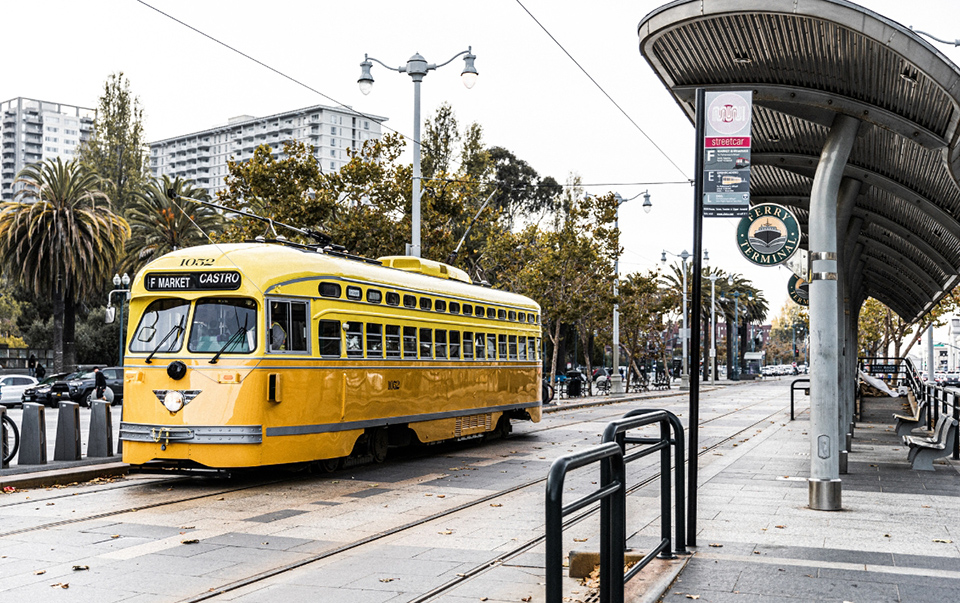
I wish I had known how to use the city’s transport system before arriving — I once wasted 20 minutes waiting for the wrong line.
- BART (Bay Area Rapid Transit): Best for getting to/from the airport (SFO or OAK) and traveling to East Bay cities like Berkeley or Oakland. Not as useful for local city travel.
- Muni: Covers buses, light rail, and historic streetcars within the city. Great for getting between neighborhoods.
- Cable Cars: More of a scenic experience than practical transport. Fun, but expect to pay $8 per ride.
6. How to Get a Muni or BART Card
You’ll want a Clipper Card — it works on BART, Muni, Caltrain, and ferries.
- Where to Get One: BART station vending machines, Walgreens stores, or order online before your trip.
- Cost: $3 for the card, then load value as needed.
- Why It’s Worth It: Saves you from buying single tickets and offers small discounts on fares.
7. Street Food: My Top Picks
Street food here isn’t just cheap — it’s cultural. My personal favorites:
- Senor Sisig (Filipino-Mexican fusion) – Try the California Sisig Burrito with pork, fries, cheese, and sriracha. Around $13.
- The Chairman (Bao Truck) – Their Pork Belly Bao with pickled daikon is unforgettable. $5 each.
- Bini’s Kitchen (Nepalese momos) – Soft, juicy dumplings with a spicy tomato chutney. 6 for $10.
8. Street Food Safety Tips
- Look for busy stalls with high turnover — fresher food, less chance of spoilage.
- If something smells off, trust your instincts.
- Carry hand sanitizer or wipes.
9. Getting a Local SIM Card
- Best Options: T-Mobile Tourist Plan ($30 for 3 weeks, unlimited data), AT&T Prepaid ($40 for a month), Mint Mobile eSIM if your phone supports it.
- Where to Buy: Airport kiosks, Target, Walmart, or official carrier stores.
- Why You Need It: Many BART and Muni updates are app-based, and Google Maps is a lifesaver in winding streets.
10. My 5-Day San Francisco Mini-Itinerary
Day 1: Fisherman’s Wharf, Pier 39, Alcatraz tour (book ahead via Alcatraz Cruises).
Day 2: Golden Gate Bridge walk, Crissy Field picnic, Palace of Fine Arts.
Day 3: Chinatown food crawl, North Beach coffee, Coit Tower views.
Day 4: Mission murals, Dolores Park, Castro District exploration.
Day 5: Golden Gate Park, California Academy of Sciences, Japanese Tea Garden.
11. Budget Adjustment Tricks
- Combine free attractions with one “splurge” activity per day.
- Use Muni passes instead of ride-shares.
- Picnic lunches from local markets save $15–20/day.
12. Recommended Day Trips from San Francisco
- Sausalito – Ferry ride with stunning views; artsy waterfront town.
- Muir Woods National Monument – Towering redwoods; $15 entry, reserve shuttle in advance.
- Napa Valley – Wine tasting day trip; tours start at around $120.
13. Travel Insurance
I always recommend World Nomads for flexible, short-term coverage.
- Cost: Around $75 for a week, including trip interruption, medical coverage, and theft protection.
- Why I Use It: Once, I slipped on wet pavement in North Beach and had to visit urgent care — my insurance covered the bill.
San Francisco isn’t a city you can fully understand in a single visit — and honestly, that’s the beauty of it. On my first trip, I was just dazzled by the postcard sights: the Golden Gate Bridge, the clanging cable cars, the sea lions barking at Pier 39. But the more I’ve returned, the more I’ve realized that San Francisco’s soul lives in the smaller, less obvious details — the smell of sourdough baking in the early morning, the way the fog curls around Twin Peaks, the painted Victorian houses glowing under a pink sunset.
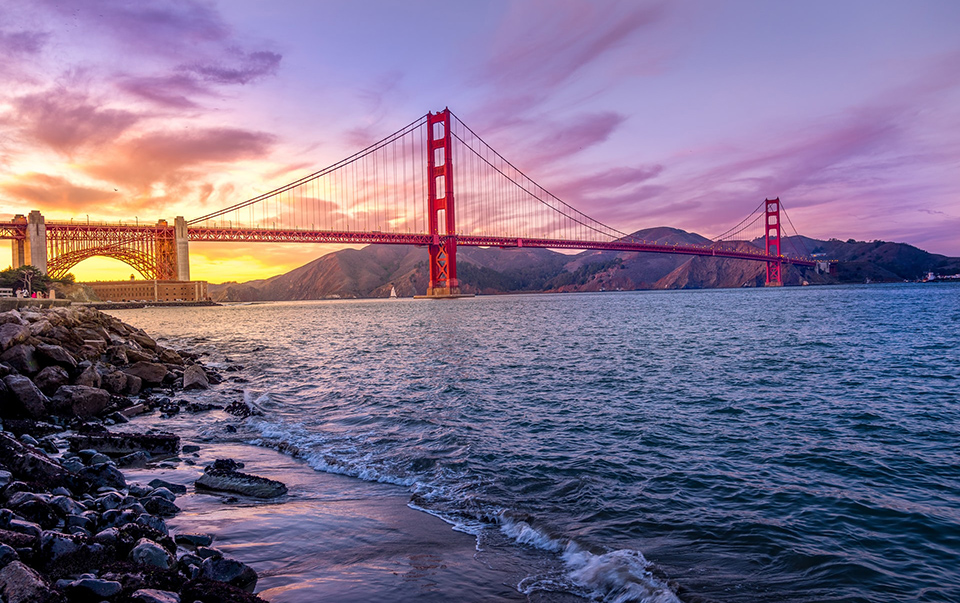
If you’re visiting for the first time, my best advice is this:
- Plan just enough to cover the essentials, but leave room for spontaneous detours. That unplanned coffee shop stop in the Mission might end up being your favorite memory.
- Don’t underestimate the weather. I’ve watched more than one shivering tourist huddle inside a souvenir shop buying a $40 “I ❤️ SF” hoodie in July.
- Explore beyond the tourist core. Yes, Fisherman’s Wharf is fun, but spend an afternoon in Glen Park or Outer Richmond, and you’ll see a side of the city most visitors miss.
- Respect the city’s pace and diversity. San Francisco is home to people from all over the world, with layered histories in each neighborhood. Listen, observe, and be curious.
On a practical note — and this comes from years of travel experience — I’d also say to balance your budget wisely. The city can be expensive, but it also rewards the budget traveler who knows where to look: free museum days, local food trucks, public art installations, and city parks that cost nothing but time and curiosity.
Finally, remember that San Francisco is more than just a destination — it’s a mood, a character in your travel story. It will greet you with sunshine and wind, test your calf muscles on its hills, feed you in ways you didn’t expect, and send you home with memories that will keep calling you back.
The fog will roll in, the bridges will shine, and if you’re lucky, you’ll leave feeling like you’ve only just begun to understand it — which, in my opinion, is exactly the right way to end a trip.
